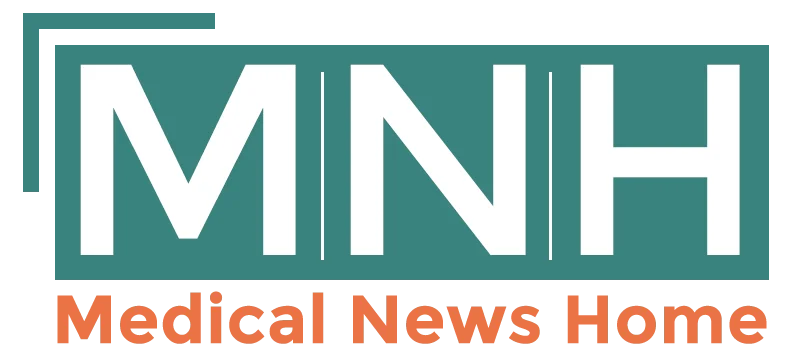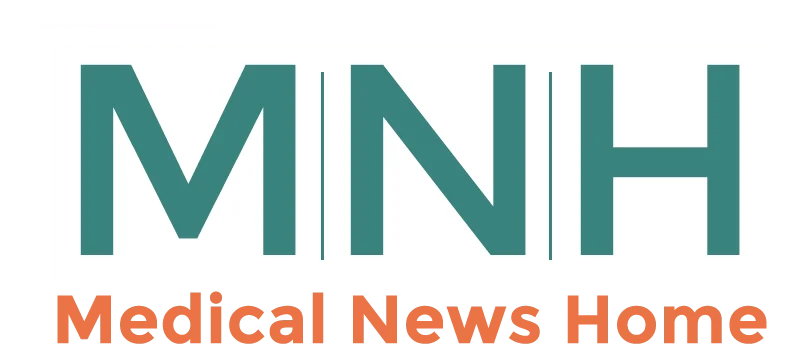Open Enrollment Season: A Guide for Health Leaders
- Updated on: May 6, 2025
- Published on Dec 20, 2023

The 2024 Open Enrollment Period (OEP) begins November 1, 2023, and ends usually January 15, 2024, in most states. Because January 15 falls on a federal holiday in 2024, OEP will extend until midnight, January 16 in many states.
For health leaders, understanding the dynamics of open enrollment for health insurance is crucial. It’s a period that not only affects millions of individuals but also has significant implications for healthcare providers, insurers, and businesses.
Understanding Open Enrollment
Open enrollment is the annual period when individuals can enroll in a health insurance plan or make changes to their existing coverage. Typically, this period occurs once a year and is crucial for both individuals seeking coverage and the entities providing it.
Timing of Open Enrollment
Standard Periods: Generally, open enrollment occurs towards the end of the year, often starting in November and ending in December. However, these dates can vary based on the type of insurance and the provider.
Special Enrollment Periods: Outside the standard open enrollment, special enrollment periods are triggered by life events such as marriage, birth, or loss of other coverage.
Importance for Health Leaders
As a health leader, understanding the timing and regulations of open enrollment is critical for:
Strategic Planning: Aligning resources to meet the increased demand during this period.
Policy Development: Crafting policies that are compliant with legal standards and responsive to consumer needs.
Employee Education: Ensuring staff are well-informed to assist consumers effectively.
Preparing for Open Enrollment
Awareness Campaigns: Increasing visibility through marketing and outreach efforts ensures that the target audience is well-informed about their options and deadlines.
Streamlining Enrollment Processes: Simplifying the enrollment process can enhance user experience and reduce administrative burdens.
Data Analysis and Forecasting: Analyzing past trends and forecasting future needs can help in resource allocation and decision-making.
Staff Training: Ensuring that employees are knowledgeable about the latest policies, procedures, and technologies related to health insurance.
Trends and Innovations in Open Enrollment
Digital Transformation: The shift towards digital platforms for enrollment processes is a significant trend. It’s essential to invest in robust IT systems to handle the increase in online enrollments.
Personalized Communication Strategies: Tailoring communication to meet the specific needs of different demographics can improve engagement and satisfaction.
Data Security: With the increase in digital transactions, ensuring the security and privacy of consumer data is paramount.
Challenges and Solutions
Consumer Confusion: Many consumers find health insurance complex. Providing clear, concise information can help alleviate this.
Regulatory Compliance: Staying updated with changing laws and regulations is vital. Regular training and legal consultations can assist in compliance.
Resource Management: Balancing the surge in demand during open enrollment with regular healthcare services is challenging. Efficient resource management strategies are essential.
The chart below shows the 2024 OEP dates for the states that use the federal ACA exchange. Coverage begins January 1.
If you have a Special Enrollment Period, coverage will begin the first day of the month after you sign up.
| States | Federal Open Enrollment Period for 2024 Plans |
|---|---|
| Alabama | November 1, 2023 – January 16, 2024 |
| Alaska | November 1, 2023 – January 16, 2024 |
| Arizona | November 1, 2023 – January 16, 2024 |
| Arkansas | November 1, 2023 – January 16, 2024 |
| Delaware | November 1, 2023 – January 16, 2024 |
| Florida | November 1, 2023 – January 16, 2024 |
| Georgia | November 1, 2023 – January 16, 2024 |
| Hawaii | November 1, 2023 – January 16, 2024 |
| Illinois | November 1, 2023 – January 16, 2024 |
| Indiana | November 1, 2023 – January 16, 2024 |
| Iowa | November 1, 2023 – January 16, 2024 |
| Kansas | November 1, 2023 – January 16, 2024 |
| Louisiana | November 1, 2023 – January 16, 2024 |
| Michigan | November 1, 2023 – January 16, 2024 |
| Mississippi | November 1, 2023 – January 16, 2024 |
| Missouri | November 1, 2023 – January 16, 2024 |
| Montana | November 1, 2023 – January 16, 2024 |
| Nebraska | November 1, 2023 – January 16, 2024 |
| New Hampshire | November 1, 2023 – January 16, 2024 |
| North Carolina | November 1, 2023 – January 16, 2024 |
| North Dakota | November 1, 2023 – January 16, 2024 |
| Ohio | November 1, 2023 – January 16, 2024 |
| Oklahoma | November 1, 2023 – January 16, 2024 |
| Oregon | November 1, 2023 – January 16, 2024 |
| South Carolina | November 1, 2023 – January 16, 2024 |
| South Dakota | November 1, 2023 – January 16, 2024 |
| Tennessee | November 1, 2023 – January 16, 2024 |
| Texas | November 1, 2023 – January 16, 2024 |
| Utah | November 1, 2023 – January 16, 2024 |
| Virginia | November 1, 2023 – January 16, 2024 |
| West Virginia | November 1, 2023 – January 16, 2024 |
| Wisconsin | November 1, 2023 – January 16, 2024 |
| Wyoming | November 1, 2023 – January 16, 2024 |
Some states with their own ACA exchanges have different date ranges for the 2023 Open Enrollment Period. The chart below shows the SEP and OEP dates for these states.
| State | State Open Enrollment Period for 2024 Plans |
|---|---|
| California | November 1, 2023 – January 31, 2024 |
| Colorado | November 1, 2023 – January 15, 2024 |
| Connecticut | November 1, 2023 – January 16, 2024 |
| Idaho | October 15, 2023 – December 15, 2023 |
| Kentucky | November 1, 2023 – January 15, 2024 |
| Maine | November 1, 2023 – January 15, 2024 |
| Maryland | November 1, 2023 – January 15, 2024 |
| Massachusetts | November 1, 2023 – January 23, 2024 |
| Minnesota | November 1, 2023 – January 15, 2024 |
| Nevada | November 1, 2023 – January 15, 2024 |
| New Jersey | November 1, 2023 – January 31, 2024 |
| New Mexico | November 1, 2023 – January 15, 2024 |
| New York | November 1, 2023 – January 31, 2024 |
| Pennsylvania | November 1, 2023 – January 15, 2024 |
| Rhode Island | November 1, 2023 – January 31, 2024 |
| Vermont | November 1, 2023 – January 15, 2024 |
| Washington DC | November 1, 2023 – January 31, 2024 |
| Washington | November 1, 2023 – January 15, 2024 |
Conclusion
Open enrollment is a pivotal period for health leaders. Effective management during this time can lead to increased enrollment, improved consumer satisfaction, and better health outcomes. Staying abreast of trends, preparing strategically, and addressing challenges proactively are key to navigating the open enrollment season successfully.


